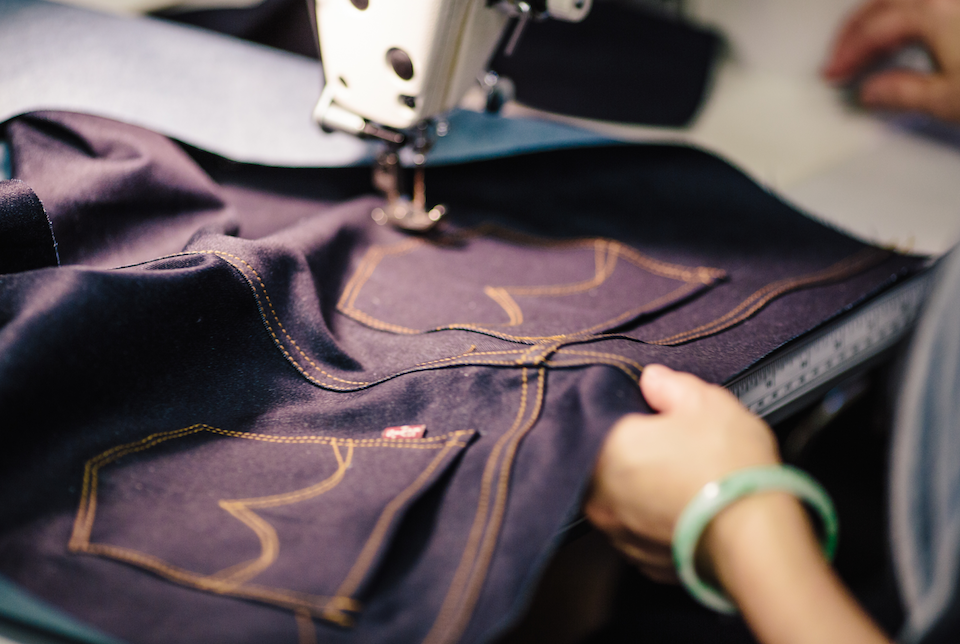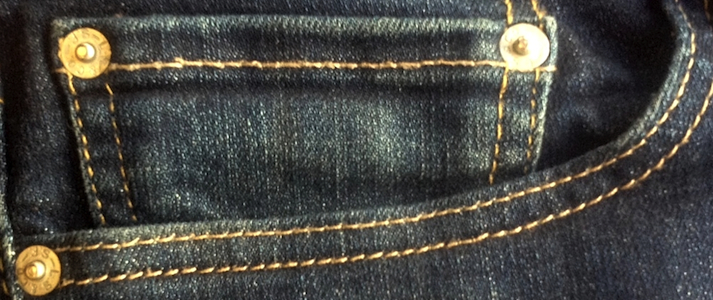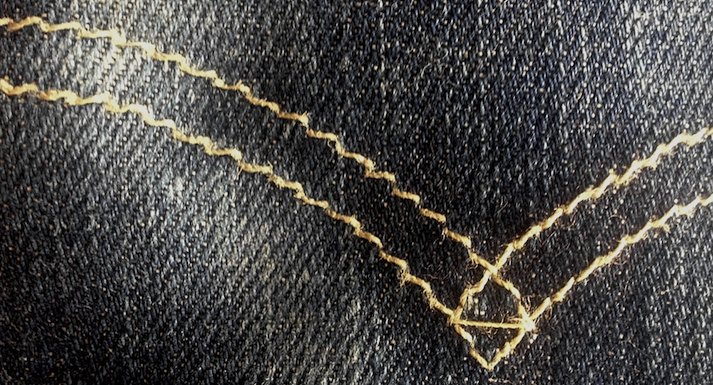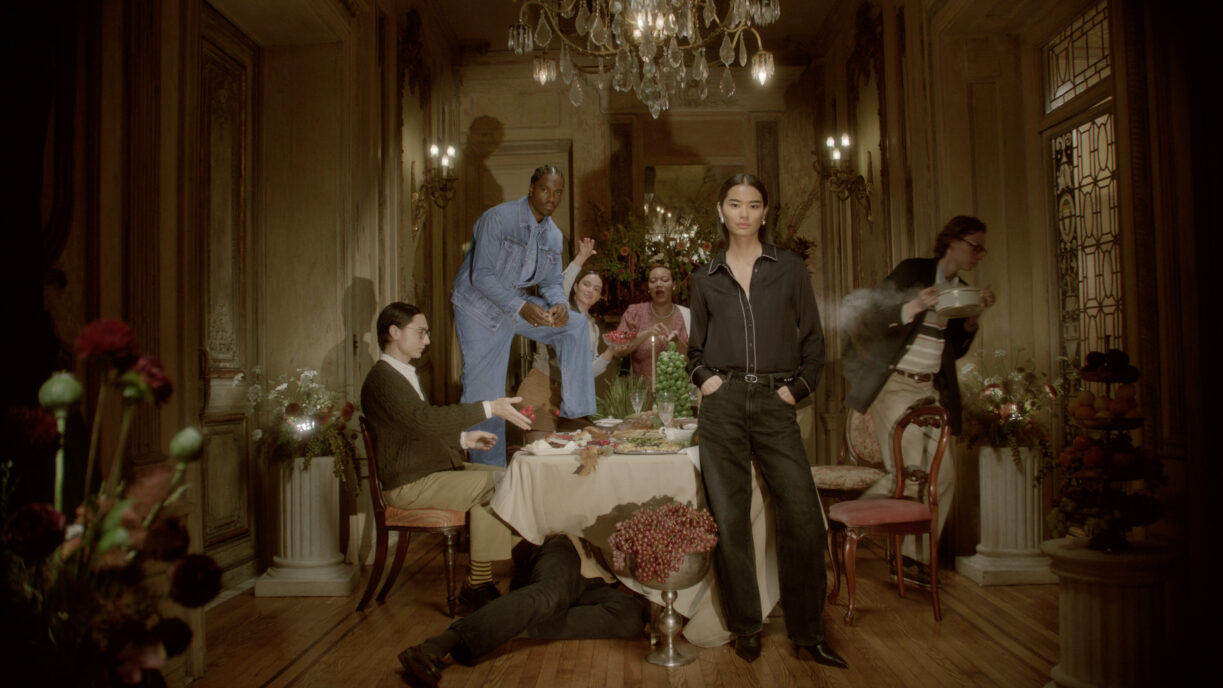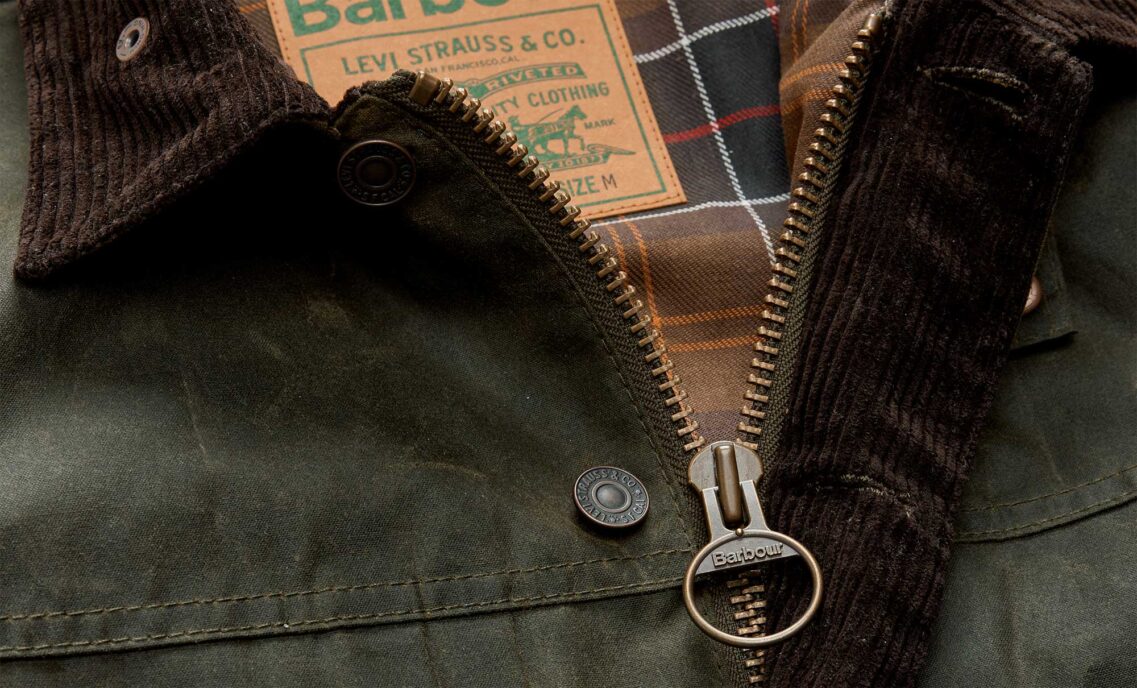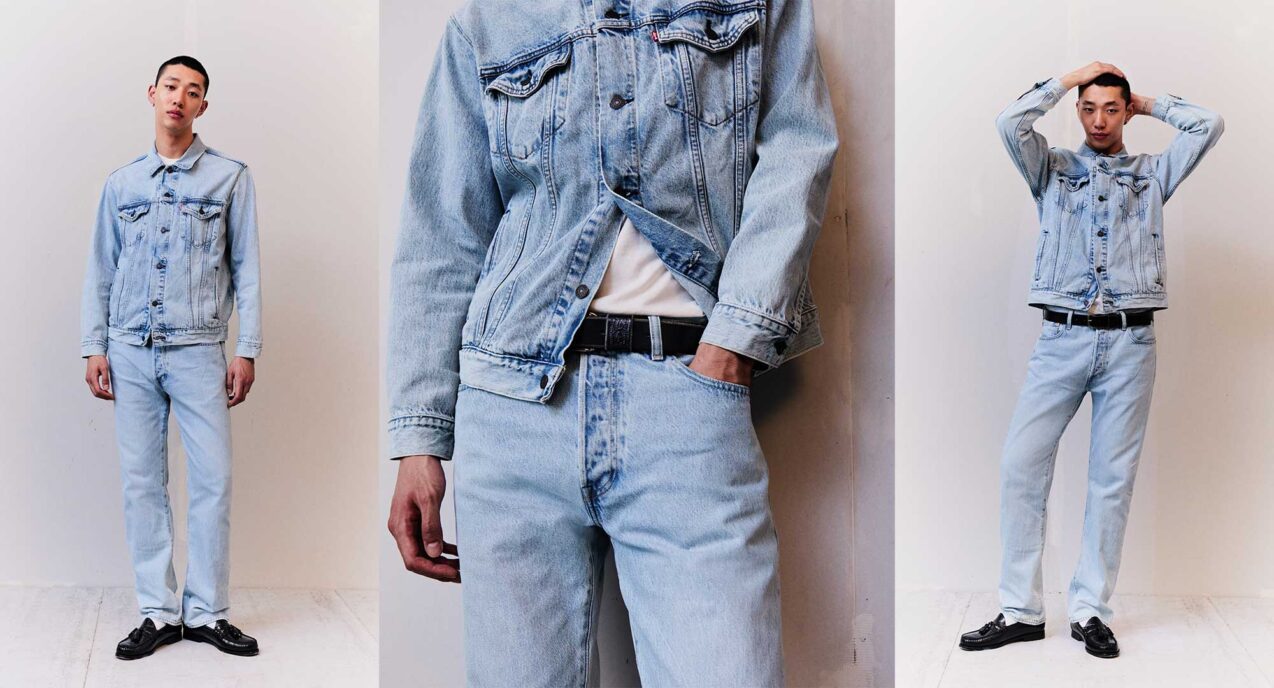When you step into your favorite jeans, there are a lot of things you might consider. How comfy they are, how great they look, and what shoes you’ll pair with them, to name a few.
But unless you’re a hardcore denimhead, there are likely a few important components of your favorite pair that you don’t always think about.
Below, we list the often forgotten parts of the pant that make your Levi’s® special.
Rivets
In 1871, Latvian immigrant Jacob Davis pioneered rivets while working as a tailor in Reno, Nev. Davis had originally used rivets on horse blankets, and he found they worked well for re-enforcing the stress point in men’s work trousers—particularly the corners of the back pockets and the crotch, which often tore apart when exposed to heavy duty wear and tear.
Since Davis did not have the money required to patent the technique of using rivets, he reached out to Levi Strauss to see if he was interested in applying with him. In 1873, the pair received a patent for “improvement in fastening pocket-openings.” This was the birth of what we now know as the blue jean. Today, rivets continue to strengthen and reinforce the most vulnerable parts of our jeans.
It’s worth noting that Levi Strauss & Co. was the first company to make riveted pants, creating a new category of workwear.
Crotch Seam
In pattern making, sewing and fitting, the crotch seam is said to be the most challenging construction element of a pair of pants.
Pattern makers use two important measurements to draft the curves that compose the crotch seam: crotch length and crotch depth. Crotch depth is determined by having a fit model sit in a chair, and then measuring the distance from their waistline to the seat. Crotch length is the distance from the top center front of the pants around to the top center back of the pants.
There’s a large amount of room for variation in the resulting curves with lots of potential for error, yet the shapes are essential components in obtaining the perfect fit.
Selvedge
If you’re a denimhead, surely you know all about the selvedge. For everyone else, what’s all the hype about?
The word selvedge refers to the tightly finished edge of any fabric when it comes off of the loom. Looms in the 1800s produced strips of denim that were long and narrow. To use the entire width of the fabric, the fabric’s edge, or “self-edge” was used as the side seam of the pant. This was efficient, and it also made the side seam inherently immune to fraying and unraveling.
Today, the vintage looms and narrow fabric widths required for production make selvedge jeans rarer and more expensive than jeans that finish with an overlock stitch at the side seams.
The Watch Pocket
The first blue jeans had four pockets—only one in back and, in the front, two plus the small, watch pocket. Originally included as protection for pocket watches, thus the name, this extra pouch has served many functions, evident in its many titles: frontier pocket, condom pocket, coin pocket, match pocket and ticket pocket, to name a few.
Not only is the pocket extremely useful for holding tiny trinkets, it is also is loved by denimheads for the faded and worn nature it takes on over time.
Twill
Why is the inside of your jeans white and the outside blue? That’s due to the twill weave of your jeans.
Technically, a twill weave occurs when filling or “weft” threads (often white) are woven over and then under two or more “warp” yarns (often blue). This produces a subtle diagonal pattern across the weave and makes the warp yarns predominate on the face of the fabric and the weft yarns show more on the back.
In “right hand twill” the diagonal lines of the twill run from the lower left corner of the fabric to the upper right corner. Made from yarn that is spun counterclockwise, right hand twill is known for creating crisper and more defined fades than other versions, such as left hand twill and broken twill. Right hand twill was also the first weave purchased by Levi Strauss to make the original pair of Levi’s.
Stitches
Bartack is a stitch that you might not have noticed on your denim. It looks like a line of short and close together stitches, used to reinforce jeans in places where they are most stressed during wear. Bartacks are usually seen around flies, crotch seams and pocket openings. These strong stiches are essentially a series of small zigzag stitches. In production, there is a special machine that makes this durable stitch.
Hems can be sewn with both a chain stitch and a lock stitch. Chain stitches allow the hem to twist and roll in a particular way after washing. This is called “roping.”
However, the lock stitch has advantages of being stronger and less prone to unraveling.
Thread
And what about thread color? The orange thread used on the original Levi’s has now become an industry standard. Legend has it that Jacob Davis originally insisted that the thread be orange to match the jean’s copper rivets. But we don’t know that to be fact. Many Levi Strauss & Co. records were lost in the 1906 earthquake and fire, so, as a result, we really don’t know why orange thread was chosen.
The more there is to know about your jeans, the more there is to love about them. Next time you step into your favorite pair of Levi’s, take extra notice of these special details.



